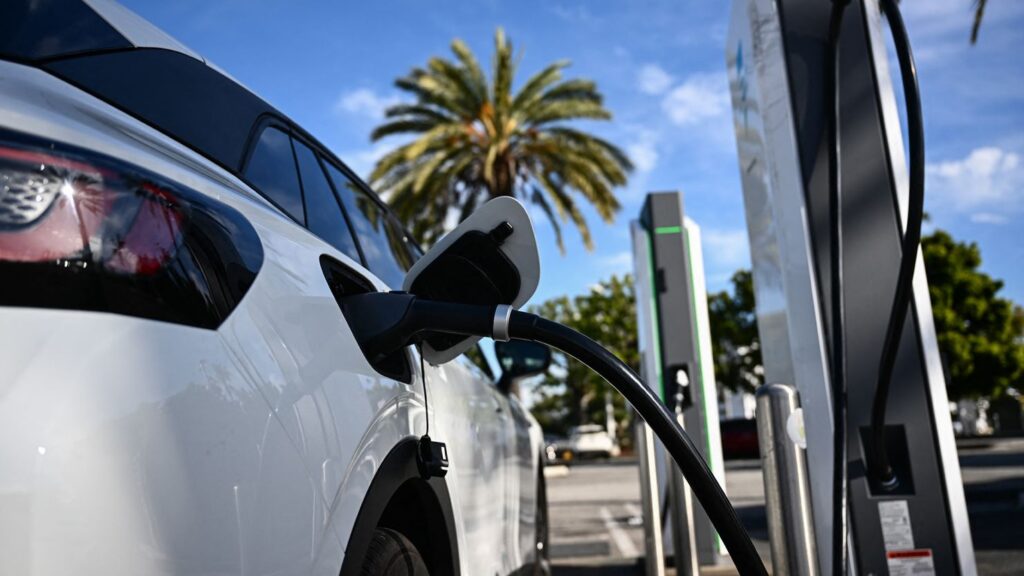
Electric vehicles (EVs) have been at the forefront of discussions surrounding environmental sustainability and technological innovation. With recent policy shifts impacting the EV landscape, it is crucial to understand the implications and opportunities that lie ahead.
As governments worldwide grapple with balancing economic growth and environmental concerns, the EV market has become a focal point for regulatory changes. The recent executive order signed by President Trump to reverse Biden’s EV policies underscores the dynamic nature of this industry. While policy changes can create uncertainty, they also present opportunities for adaptation and innovation within the EV sector.
One key aspect affected by policy changes is the availability of incentives for EV adoption. Federal tax credits and funding for EV charging infrastructure have played a significant role in driving consumer interest and market growth. As these incentives face potential revisions, stakeholders in the EV ecosystem must strategize on how to maintain momentum and consumer confidence in transitioning to electric vehicles.
Moreover, the shift in tailpipe emission standards can impact not only the environmental footprint of vehicles but also the competitive landscape within the automotive industry. Automakers are faced with the challenge of balancing regulatory compliance with consumer demand for cleaner, more sustainable transportation options. This presents an opportunity for manufacturers to innovate and differentiate their offerings in a rapidly evolving market.
Despite policy changes, the momentum behind EV development remains strong. The auto industry’s continued investment in EV technology underscores a long-term commitment to sustainability and innovation. As consumer interest in EVs continues to grow, manufacturers have the opportunity to capitalize on this trend by delivering compelling products that meet the evolving needs of the market.
In parallel with policy shifts, the emphasis on mining rare earth minerals for EV production highlights the interconnected nature of technology, sustainability, and geopolitics. The demand for these critical materials underscores the importance of securing a stable and diversified supply chain to support the growth of the EV industry.
As we navigate through these policy changes and industry trends, it is essential for stakeholders in the EV ecosystem to stay informed, agile, and forward-thinking. Adapting to regulatory shifts, leveraging technological advancements, and prioritizing sustainability will be key factors in shaping the future of electric vehicles.
In conclusion, the evolving landscape of EV policies presents both challenges and opportunities for the industry. By embracing innovation, sustainability, and consumer-centric strategies, stakeholders can position themselves for success in a rapidly changing market. The future of electric vehicles is not just about policy changes; it is about driving towards a more sustainable and connected future for mobility.
